The Difference Between Networking and Community Building
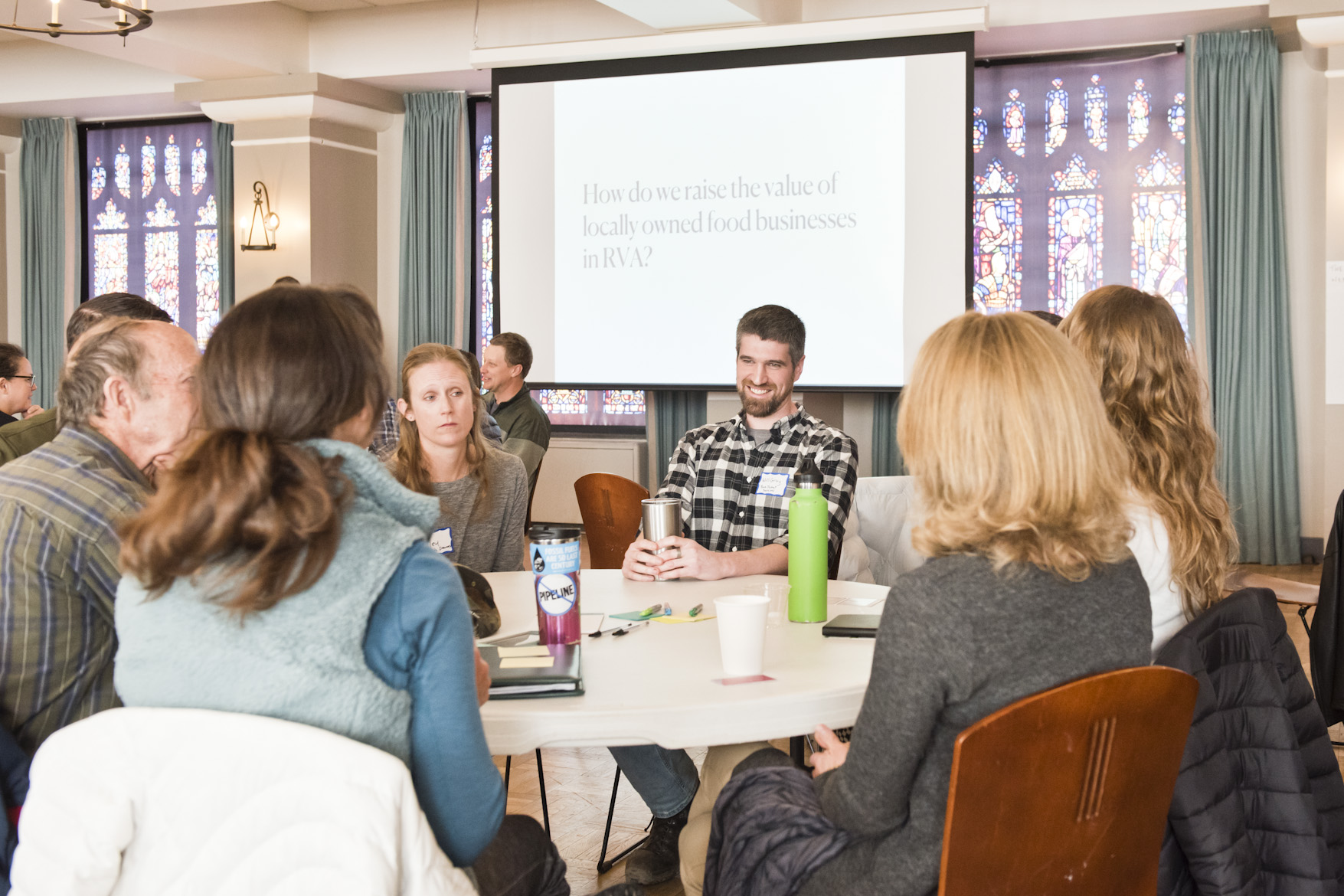
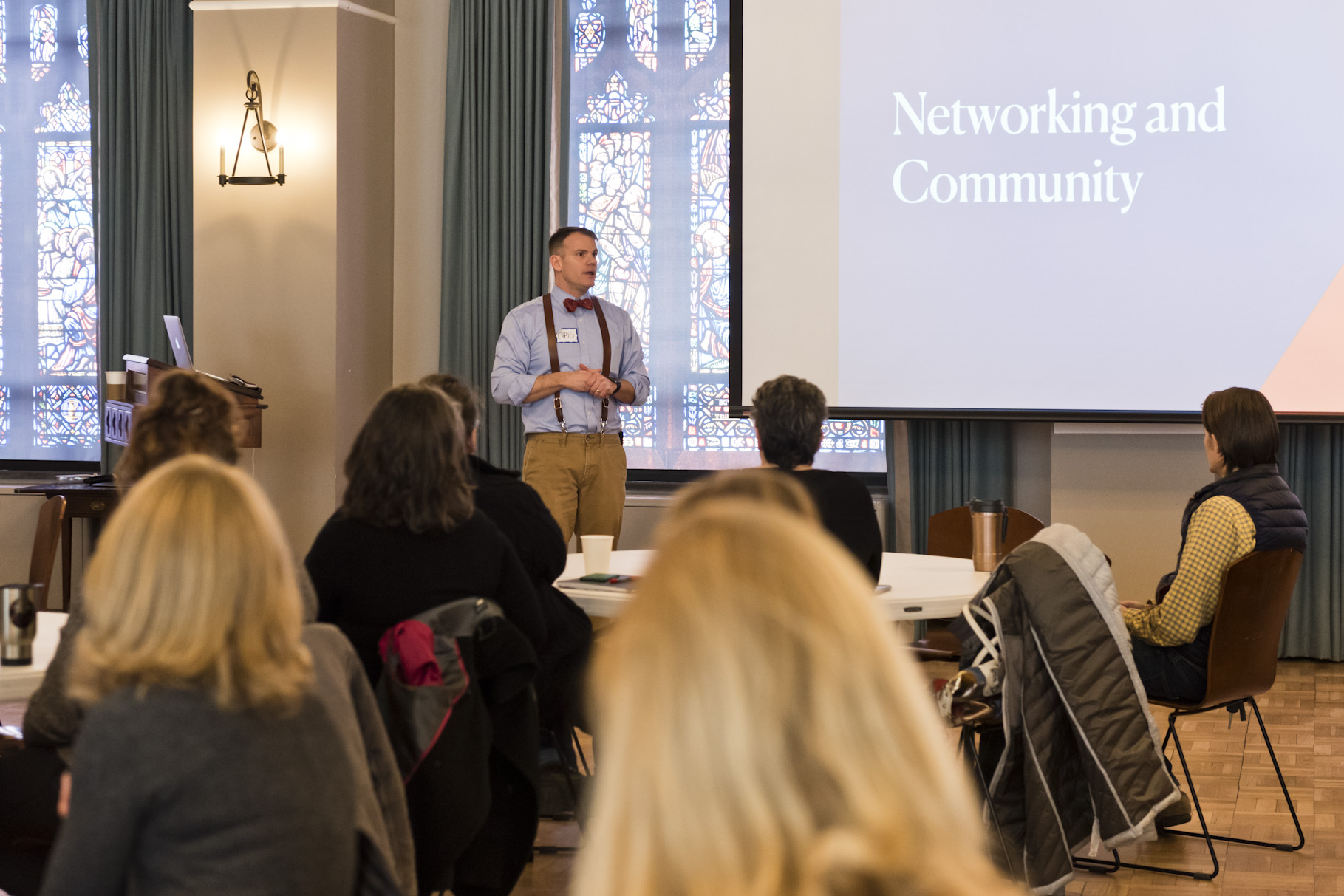
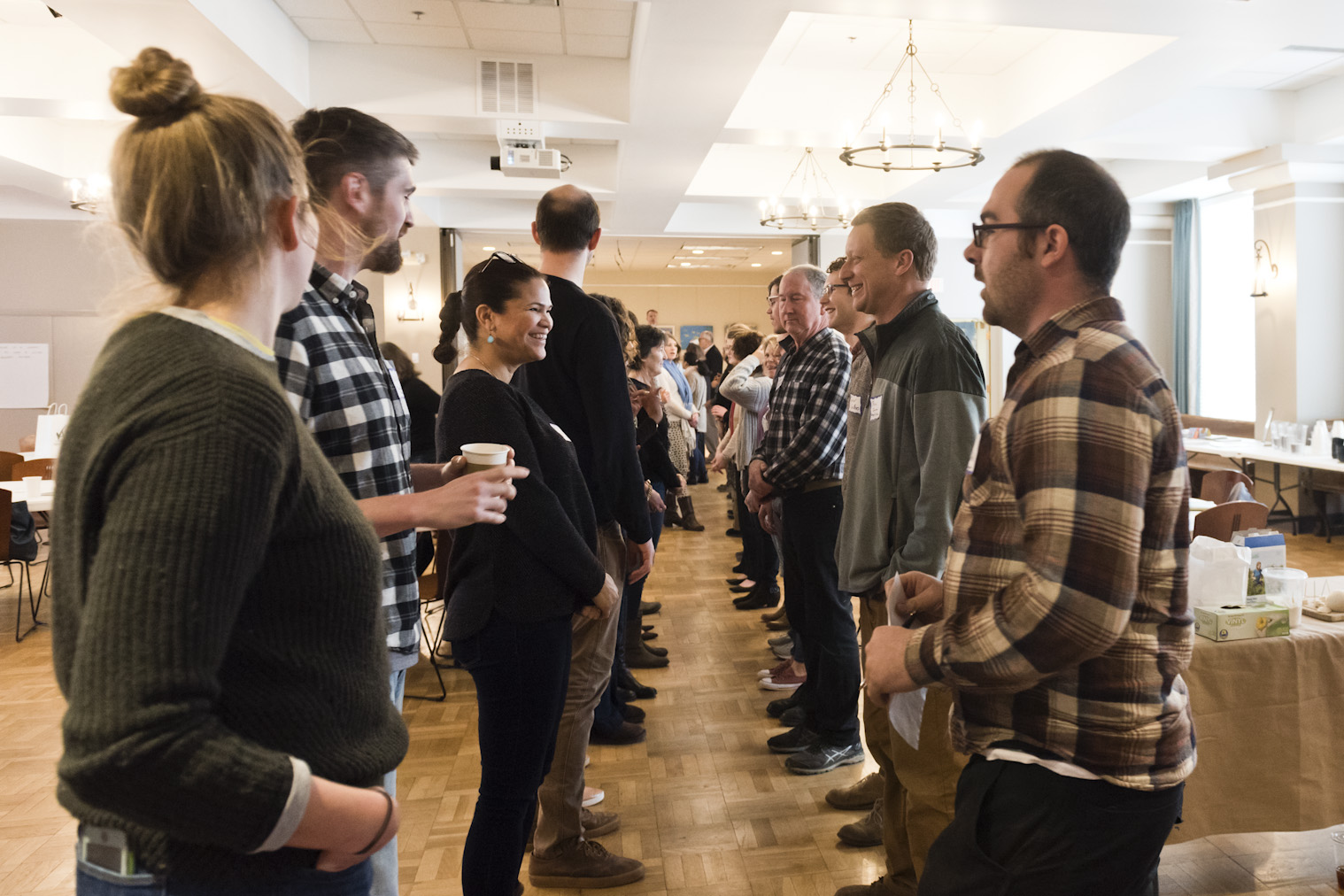
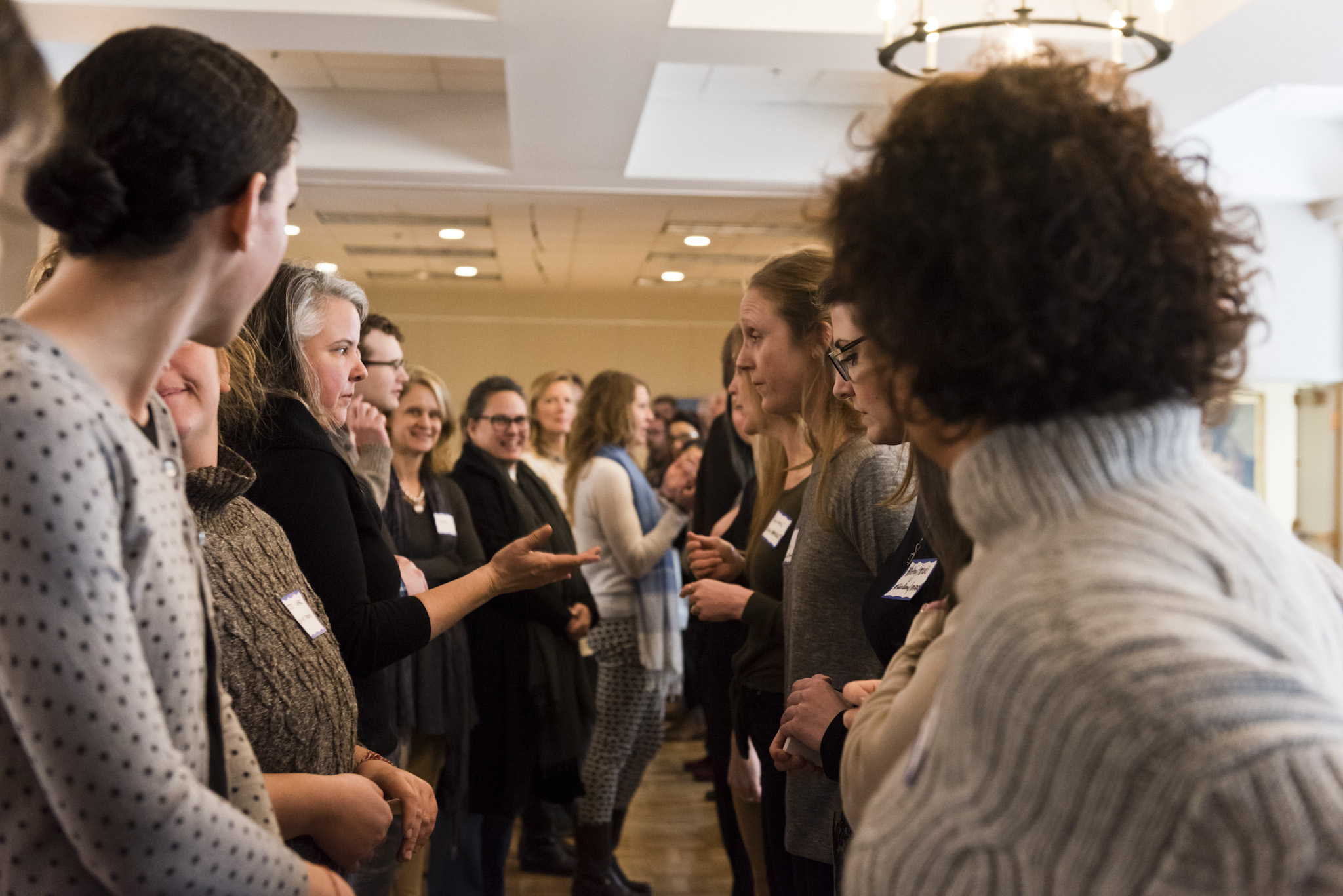

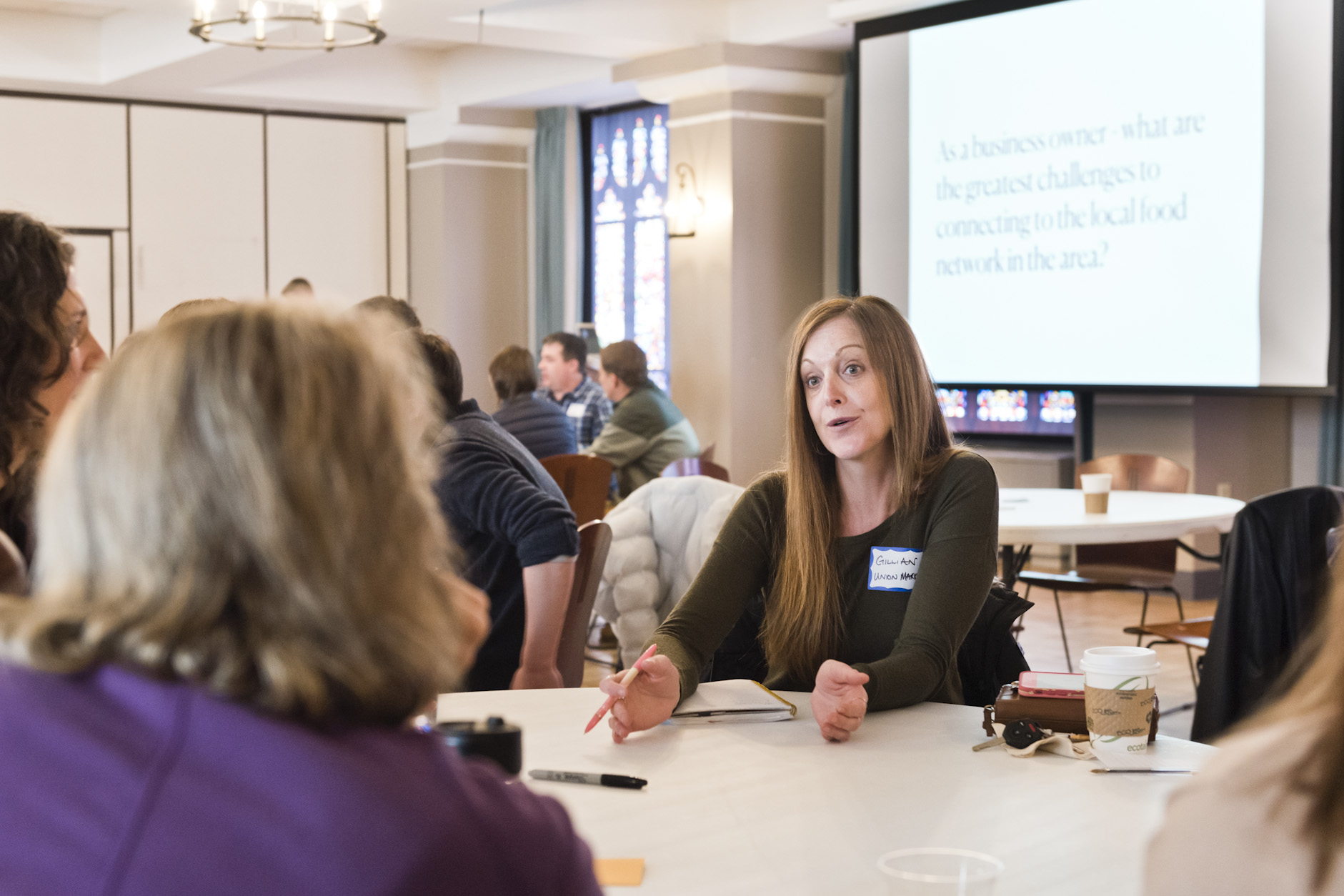
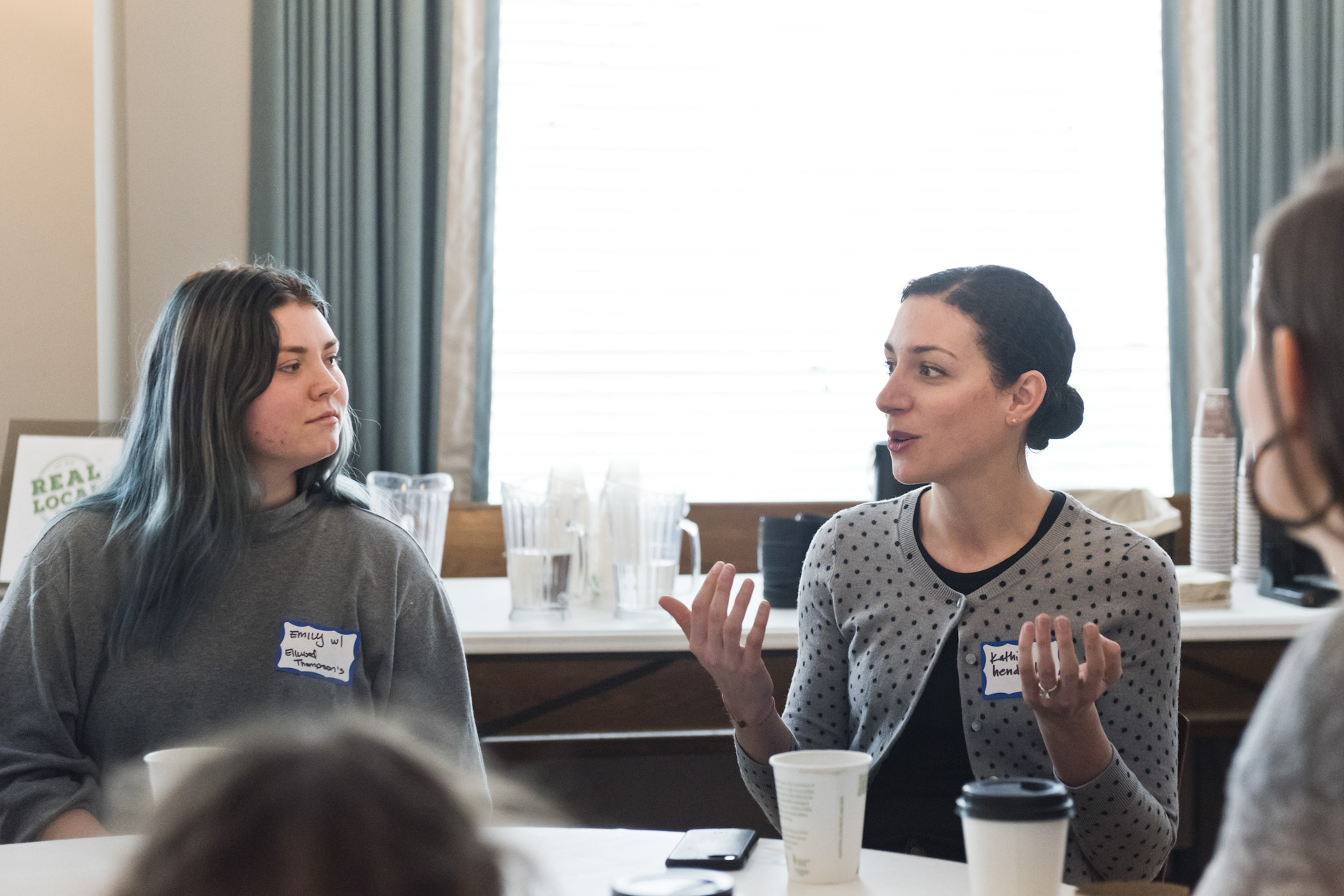
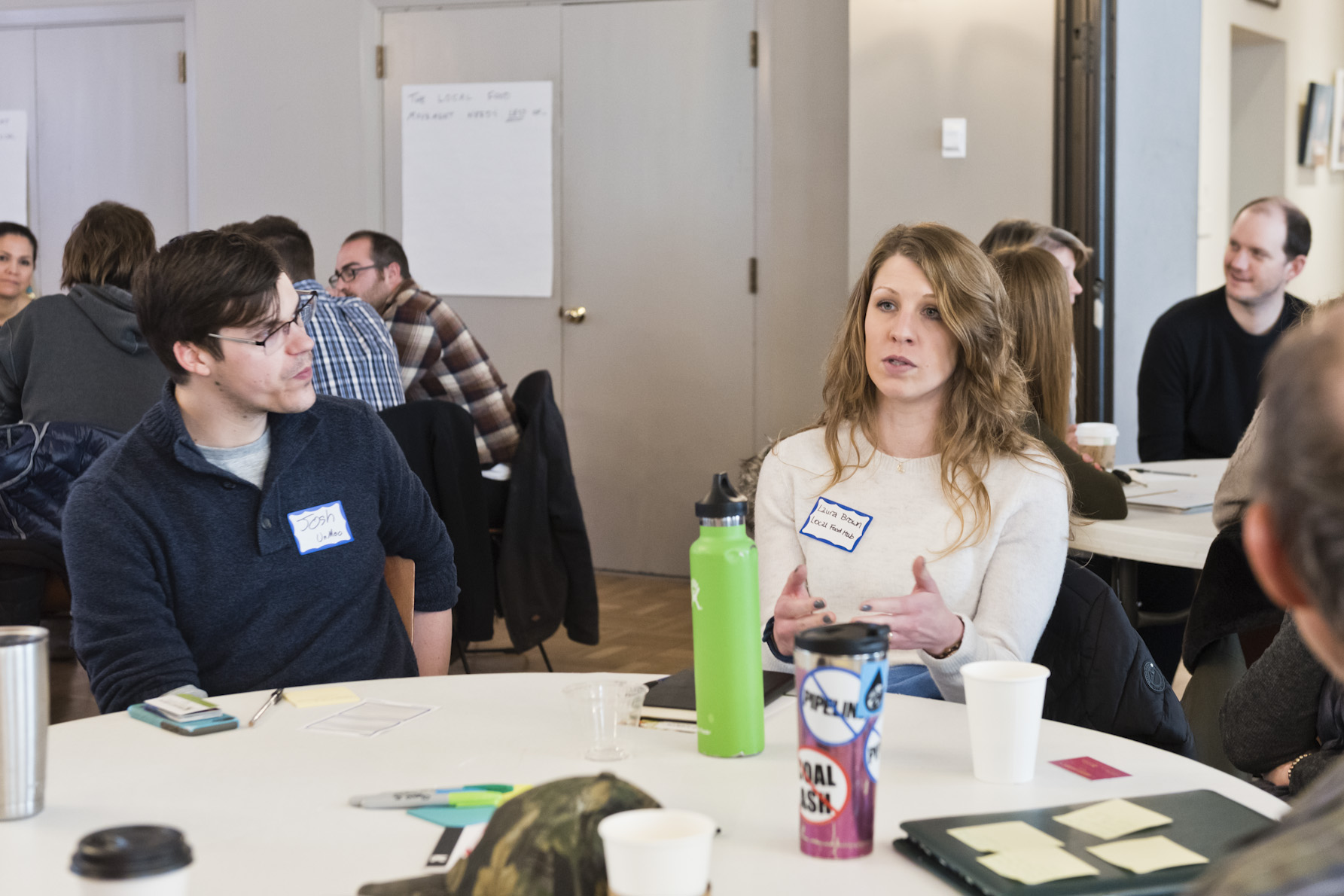
Recently I got to facilitate a networking meeting with Real Local RVA. The purpose of the gathering was to do networking as community building. From my perspective, the difference between a network and a community is the quality of the interactions. Networks focus on objects and opportunities, while communities focus on people. A network is task-driven, while a community seeks to help others. In my mind, a community is a human network that is fueled by quality interactions.
In many of our work circles we have to do networking. Some love it and some hate it. I think those who love it do so because they enjoy the interactions with people. They enjoy creating collaborations and building community. Chances are if you love networking, it's because you are creating these quality interactions with others. So, how can we increase the quality of our interactions?
3 Ways to Increase the Quality of Your Interactions
First, adopt a "give before you get" mentality.
Don’t go into encounters based on what you can get out of them. Instead, go in with open-ness to how you can contribute. The key is having an abundance mentality; trusting you will find what you need when you need it. And if we can believe that, we can be fully present in our interactions, focusing on the person in front of us.
Second, listen to the last 30 seconds.
As it turns out, we humans are pretty bad at listening. It is typical that we miss the last 30 seconds of what someone is saying because we are thinking of our response or what story we can add. What if we paid attention to that last 30 seconds and used that active listening to ask great follow-up questions? Imagine how the quality of our interactions would be even better!
Lastly, beware of offering unsolicited advice.
We (humans that is) are all about universalizing our experience and giving our lessons learned…before anyone has even asked for it. An old proverb says “wisdom has two parts: 1) having a lot to say, and 2) not saying it.” What if instead of giving the word or advice we think others need, we ask the question - "How can I help you?” Then we allow them to name what they need and then we can appropriately share our stories, lessons, and wisdom in a way that others want and will receive.
When we see others in our network as people, listen to what they are saying, and ask what they need (how we can help them), it increases the quality of the interactions. And quality interactions help pivot mere networks into thriving communities one interaction at a time.
